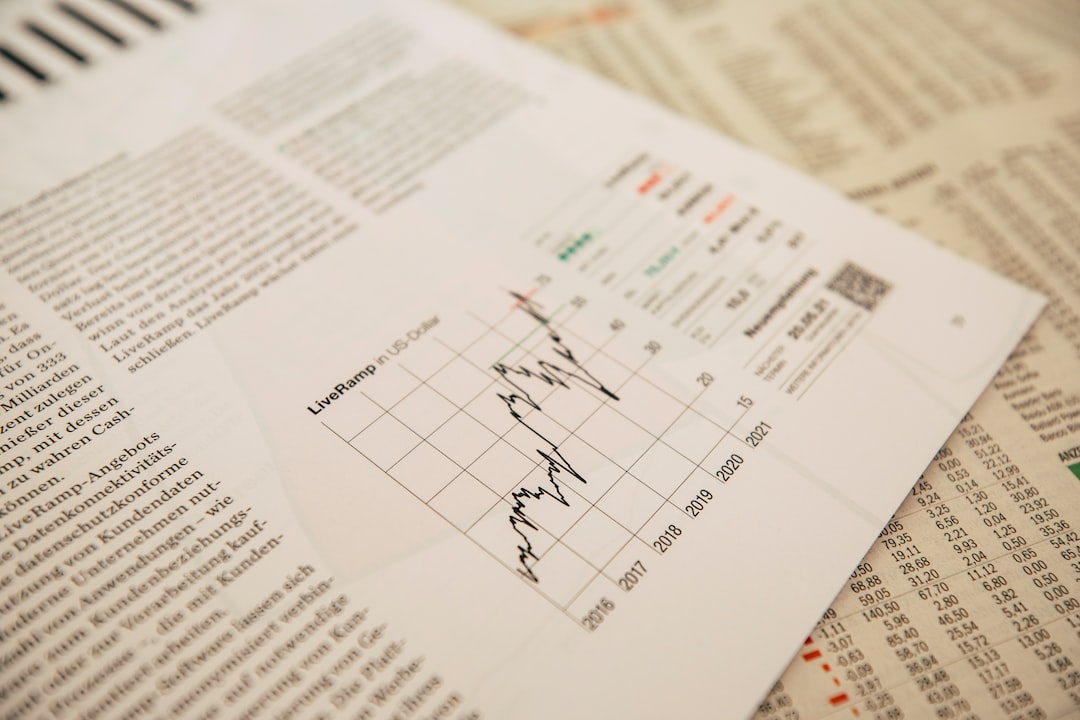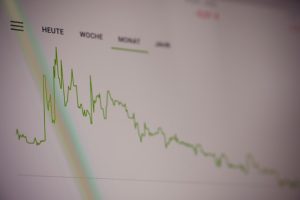Forex trading, or foreign exchange trading, is the buying and selling of currencies. It is one of the largest financial markets in the world, with a daily trading volume of over $5 trillion. In India, forex trading is gaining popularity, and many people are interested in learning how to trade forex. In this article, we will discuss how to trade forex in India.
1. Learn the basics of forex trading
Before you start trading forex, it is essential to learn the basics of forex trading. You need to understand the terminologies used in forex trading, such as pips, spreads, leverage, and margin. You should also learn how to read forex charts and understand the different types of orders. There are many online resources, such as forex blogs, forums, and tutorials, that can help you learn the basics of forex trading.
2. Choose a reliable forex broker
Choosing a reliable forex broker is essential for successful forex trading. You should choose a broker that is regulated by the Securities and Exchange Board of India (SEBI) or another regulatory body. A regulated broker is required to adhere to strict guidelines and ensure the safety of your funds. You should also consider the broker’s trading platform, trading tools, customer support, and trading fees.
3. Open a forex trading account
Once you have chosen a reliable forex broker, you need to open a forex trading account. Most brokers offer different types of accounts, such as demo accounts, standard accounts, and VIP accounts. A demo account is a great way to practice forex trading without risking real money. A standard account is suitable for most traders, while a VIP account is for high-net-worth individuals who want personalized services.
4. Fund your forex trading account
After opening a forex trading account, you need to fund it with money. Most brokers accept different payment methods, such as credit cards, bank transfers, and e-wallets. You should choose a payment method that is convenient for you and has low transaction fees. It is essential to fund your trading account with the amount you can afford to lose. Forex trading involves risks, and you should never invest more than you can afford to lose.
5. Choose a trading strategy
Forex trading requires a trading strategy that suits your trading style and risk tolerance. There are many trading strategies, such as scalping, day trading, swing trading, and position trading. You should choose a trading strategy that fits your personality, time frame, and trading goals. It is essential to backtest your trading strategy and analyze your trading results to improve your performance.
6. Monitor the forex market
Forex trading requires constant monitoring of the forex market. You should keep up-to-date with the latest news, economic indicators, and market trends that can affect the currency prices. You can use forex charts and technical indicators to analyze the market and identify trading opportunities. It is essential to have a trading plan and stick to it to avoid emotional trading decisions.
7. Manage your risk
Forex trading involves risks, and you should manage your risk to protect your trading account. You should use stop-loss orders to limit your losses and take-profit orders to lock in your profits. You should also use proper risk management techniques, such as position sizing and diversification, to minimize your risk exposure. It is essential to have a risk management plan and follow it strictly.
Conclusion
Forex trading can be a lucrative and exciting activity if done properly. In India, forex trading is legal, but it is essential to choose a reliable forex broker and follow the SEBI guidelines. You should learn the basics of forex trading, open a forex trading account, fund it with money, choose a trading strategy, monitor the forex market, and manage your risk. With proper education, discipline, and patience, you can become a successful forex trader in India.






